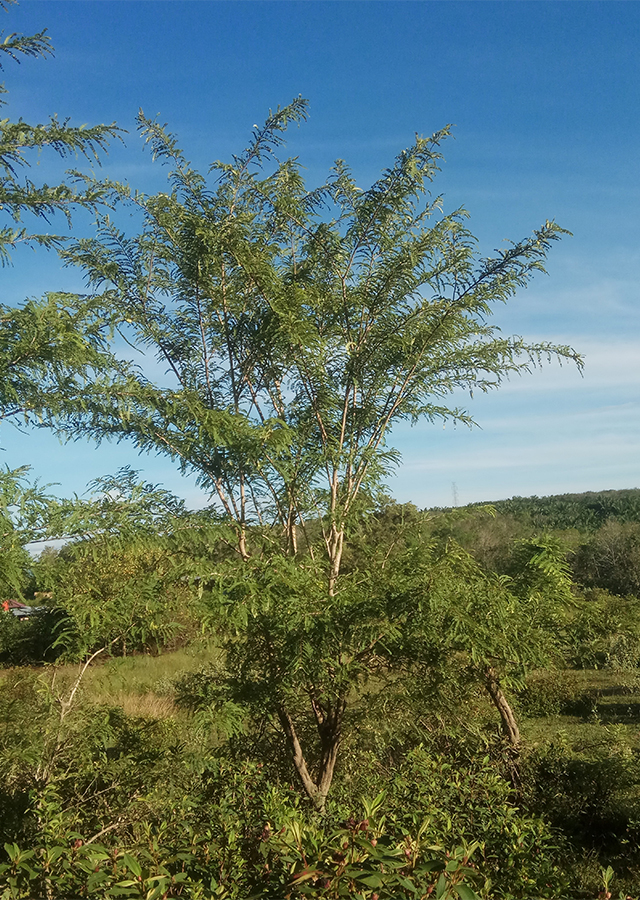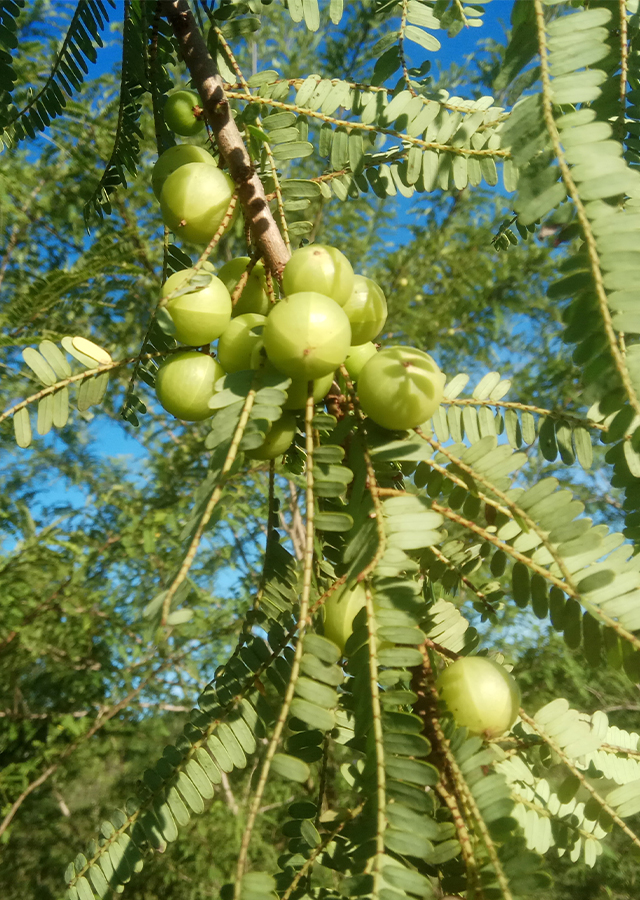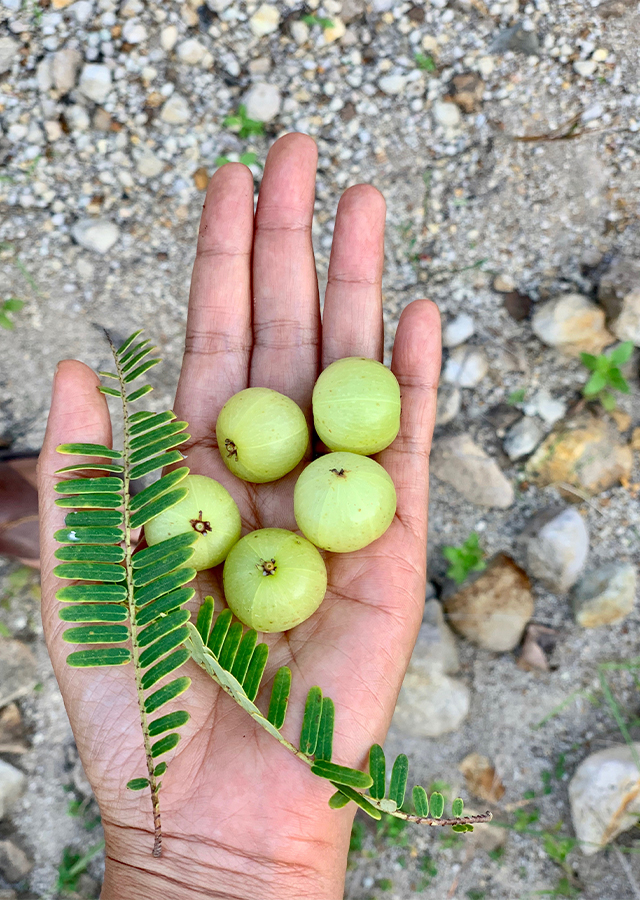Traditional Herbs from Phyllanthus emblica
amla_oil_to_strengthen_skin_head_and_massage_therapy
- Prepare 4 amla/malaka, 200 ml coconut oil.
- Chop the amla fruit then blend without water. Heat a frying pan, pour in the coconut oil and add the ground amla little by little while continuing to stir, use heat small for 10 minutes, turn off the heat. Leave for 10 hours. Strain.
- Apply on the scalp or as a massage therapy.
What is Phyllanthus emblica Looks like??



Parts of Phyllanthus emblica that could be used
- Leaves
- Seeds
- Fruit
Phyllanthus emblica Distribution
Kimalaka comes from India and Nepal. In Indonesia, this plant is spread across the islands of Java, Ternate and North Sumatra. This tree is still closely related to the ceremai tree. It has long been known as a medicinal plant that is used traditionally. Apart from that, it can be used as a spice or complement to cooking, food, construction materials for furniture and utensils, and traditional dyes.Agroecology of Phyllanthus emblica
Kimalaka is a wild plant that grows in tropical and subtropical areas. Starting from areas near the coast to an altitude of 1,500 m above sea level. Tolerant of alkaline soil. This tree is fire resistant (does not burn easily) and is a pioneer tree or the first to grow after a forest fire occurs.
Morphology of Phyllanthus emblica
- Taproot.
- Stem upright, round, whitish brown.
- Compound leaves, small and elongated, located alternately on slender twigs.
- Male and female flowers are greenish yellow, arranged in clusters small ones grow in the axils of the leaves.
- Fruit resembles a cermai fruit, but is rounder and less ribbed (hangry, slightly bitter).
- The seeds are triangular and brown.
Cultivation of Phyllanthus emblica
Generative propagation from seeds and vegetatively by cuttings and grafts.
Phyllanthus emblica, more details :
Chemical Content of Phyllanthus emblicaTannins (proanthocyanidins, gallotannin, ellagitannin, gallic acid, ellagic acid) and flavonoids (kaempferol), polyphenols, bisabolane-type sesquiterpenoids.
Benefits of Phyllanthus emblica
As an antimutagenic, anti-tuberculosis, treating anemia, stomach ache, fever, dizziness, dyspepsia (indigestion), hemorrhage (bleeding), diabetes, asthma and bronchitis, treating cancer, treating the heart.
Simplisia of Phyllanthus emblica
- Prepare 100 g of malacca fruit, cut into pieces, then dry in the sun for several days.
- After dry, blend until completely smooth, sift until there are no lumps.
- Store in an airtight container, can last up to 6 months.
Another Facts for Phyllanthus emblica :
Synonym of Phyllanthus emblicaCicca emblica (L.) Kurz, Cicca macrocarpa Kurz, Diasperus emblica (L.) Kuntze
Habitus of Phyllanthus emblica
Tree. Annual shrub, reaching 7.5-18 m in height
Habitat of Phyllanthus emblica
- Forest


No comments:
Post a Comment